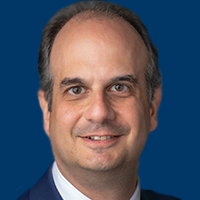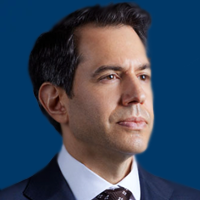Dr. Kurtz on the Clinical Utility of Cell-Free DNA in Lymphoma
David M. Kurtz, MD, PhD, instructor of medicine, Postdoctoral Fellow, Divisions of Oncology & Hematology, Stanford Cancer Center, Stanford University, discusses the utility of cell-free DNA in lymphoma.
David M. Kurtz, MD, PhD, instructor of medicine, Postdoctoral Fellow, Divisions of Oncology & Hematology, Stanford Cancer Center, Stanford University, discusses the utility of cell-free DNA in lymphoma.
Kurtz says that researchers have been working on methods to detect a patient’s lymphoma using their cell-free DNA. Cell-free DNA is an emerging technology for detecting and diagnosing malignancies, including lymphomas, as well as solid tumors. This represents a small fraction of a total healthy cell-free DNA, which is called circulating tumor DNA (ctDNA), explains Kurtz. Of all the cell-free DNA molecules found in a patient’s blood plasma, 1% or less are derived from the lymphoma.
There are a number of uses for ctDNA, says Kurtz. This includes monitoring a patient’s disease during the course of therapy, monitoring for disease relapse at the completion of therapy, as well as investigating the actual biology of how a patient’s lymphoma evolves during treatment.



